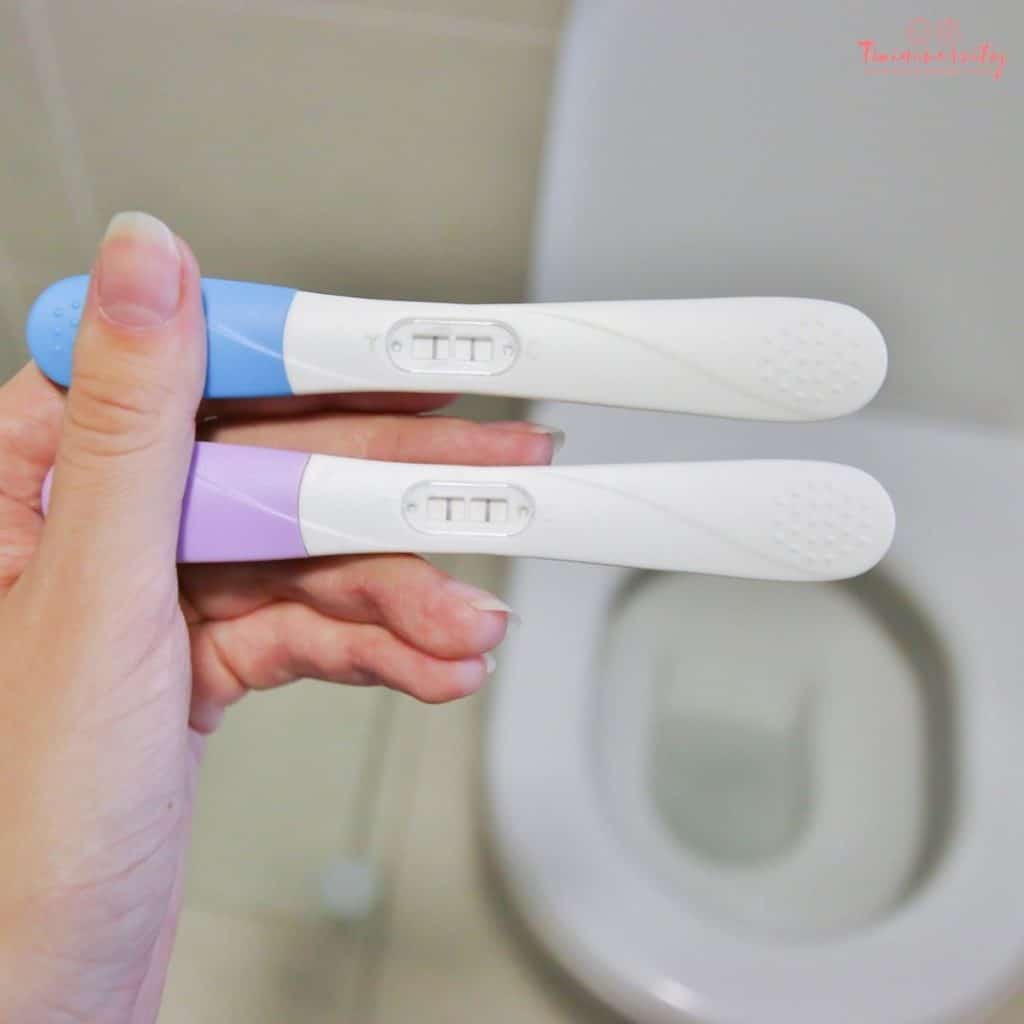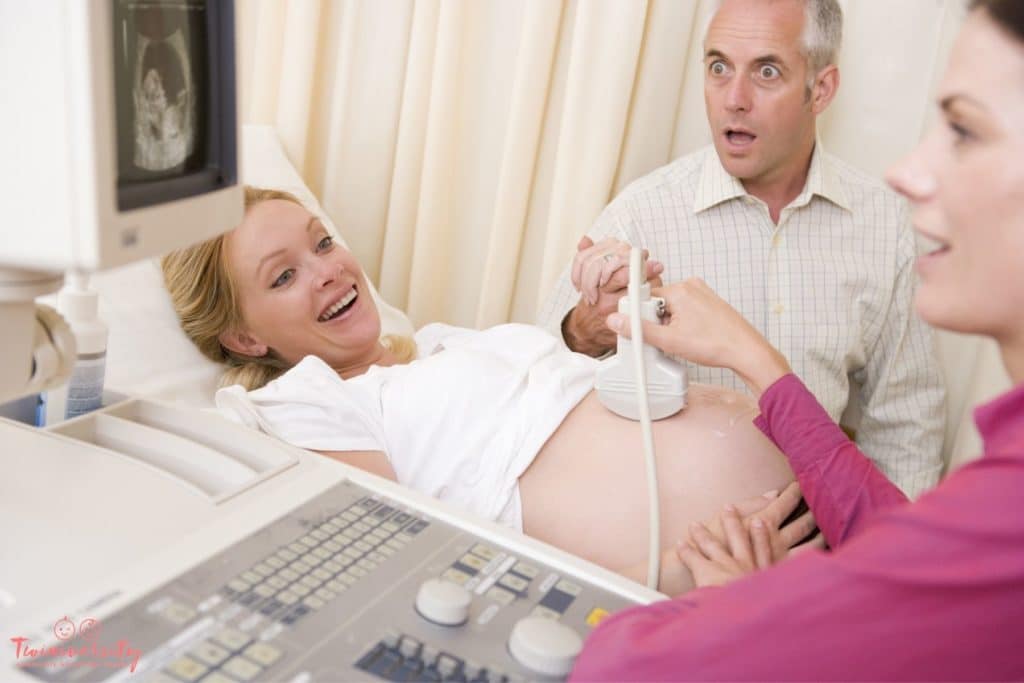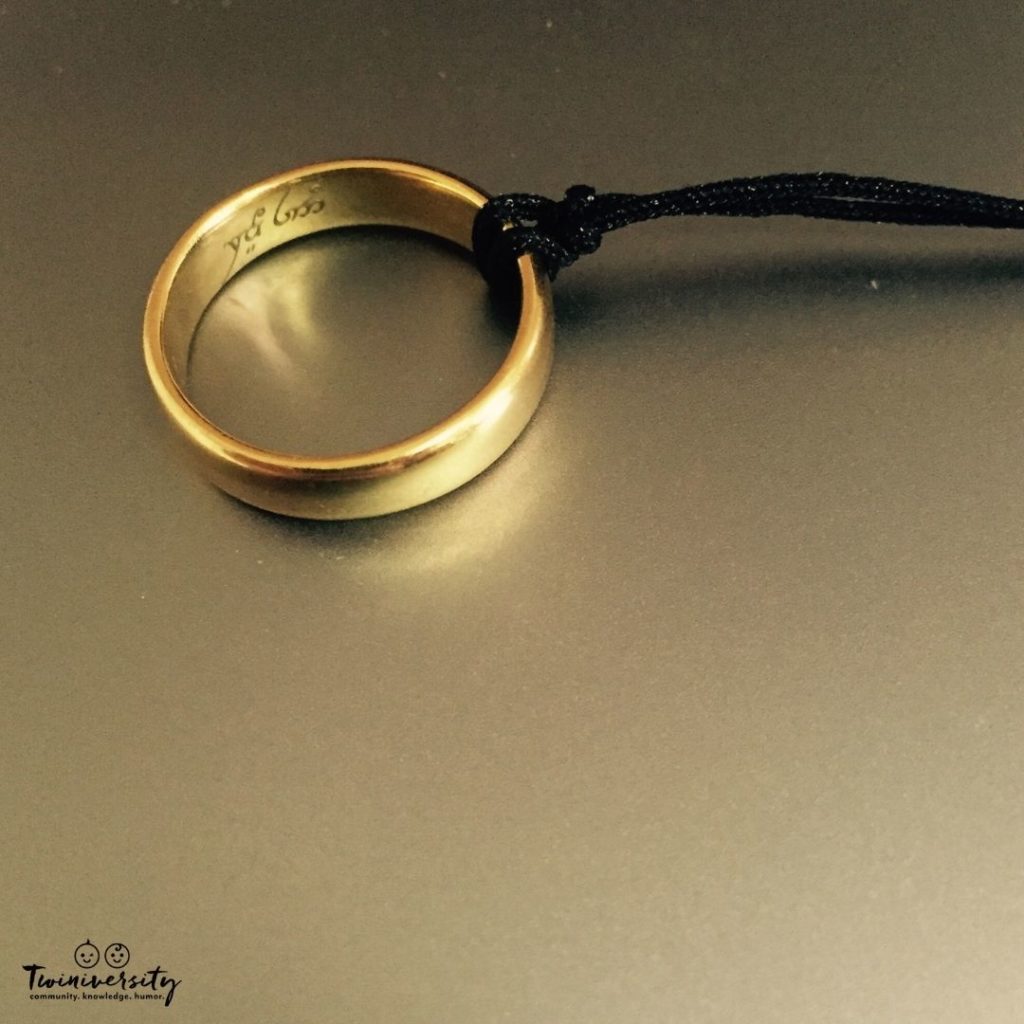All content on this website, including medical opinion and any other health-related information, is for informational purposes only and should not be considered to be a specific diagnosis or treatment plan for any individual situation. Use of this site and the information contained herein does not create a doctor-patient relationship. Always seek the direct advice of your own doctor in connection with any questions or issues you may have regarding your own health or the health of others.
After the pregnancy congratulations are said, the next question out of everyone’s mouth is always, “Do you know what you’re having?” But when you’re having two, you might find yourself wondering: When can I find out my twins’ sex? Is ultrasound the only way to know?
Recently a co-worker of mine shared the happy news of her pregnancy. Keeping true to social cues, I asked if she knew what she was having. Before she could answer, I answered my question, “You haven’t had your 20-week ultrasound yet, so that was a dumb question.” She scoffed and informed me, “Nowadays, they can tell the gender by a blood test around 12 weeks.” First off, my kids are 7 and 3 years old, so I DID NOT give birth in the dark ages as she insinuated. And second, I thought it was a twin thing that allowed me to find out my twins’ sex via a blood test at 12 weeks.
Is this how finding out the gender is usually done now? When can I find out the sex of my baby?

How do I find out my twins’ sex?
There are really only two ways to determine the gender of your twins before birth: blood tests and ultrasounds. However, confirmation at birth is the only way to be 100% accurate.
Blood test
Whether you are concerned or just impatient, any type of chromosomal testing can determine the gender of your twins as early as week 10 of your twin pregnancy. Non-invasive Prenatal Testing (NIPT), sometimes called non-invasive prenatal screening (NIPS), is a simple blood screening used to determine genetic abnormalities in the fetus(es). Did you know pieces of your baby’s DNA circulate in your bloodstream? This blood sample analyzes these small fragments of DNA to detect Down Syndrome, trisomy 18, and trisomy 13. An added bonus to this screening is that it can also detect if a Y chromosome is present, meaning you are carrying at least one boy. NIPT can be performed any time after 9 weeks into your pregnancy, which is earlier than any other prenatal screening or diagnostic test.
For twin pregnancies, if no Y chromosome is detected, you will most likely be having two girls. But when a Y chromosome is detected, there is no way to know if you are carrying two boys, or one boy and one girl. You will have to wait for an ultrasound for final confirmation.
Ultrasound
Twin pregnancies tend to be high-risk, so your doctor is going to want to keep a close eye on you and the babies. What does this mean? More ultrasounds than a singleton (complication-free) pregnancy. More ultrasounds mean more visuals of your growing babies but also more chances for determining gender! You could discover the gender as early as 12/13 weeks gestation via ultrasound. This is very early for gender detection, so do not be discouraged if the ultrasound technician can’t identify gender. However, by the 18th week, gender should be easily (if the babies cooperate) determined.

When can I find out my twins’ sex?
The earliest you can find out the gender of your twins is when you’re 10 weeks pregnant and the option of genetic testing is available through a blood test. If you decide to have an ultrasound around 12 to 13 weeks of your twin pregnancy, there is a small chance you will also find out your twins’ sex. Many couples find out their baby’s gender at the fetal survey appointment, which is around the 20th week.
Now, if you are like me, and are of a “mature age” (35 years or older), having genetic testing will be recommended. In my experience, it was discussed at length when pregnant with my twins but only casually mentioned with my singleton. Why? Turns out, older women (35 and over) are more likely to have a baby with a chromosome disorder such as Down Syndrome. If you are age 25, the chance of Down Syndrome is about 1 in 1,250. If you are 35 years old, the risk increases to 1 in 400. By age 45, it is 1 in 30.
You can’t do much to change your genes. But genetic screening and testing are available so that you can learn if your babies have a problem before birth. The information is extremely helpful to your doctor to help manage your pregnancy, labor, and delivery. Plus, with this information, you can get ready to care for a child with disabilities, if necessary.

Have you taken your expecting twins class yet? We offer a great class on demand so you can take it on your own schedule! There are so many video modules covering everything from your twins’ baby registry to your first week at home with twins! Sign up today to get started before your twins arrive.
How reliable is ultrasound in detecting sex?
It turns out, that ultrasounds are pretty accurate in detecting gender. However, no matter how skilled or experienced your ultrasound technician is, it all depends on the timing and the position of the babies.
Timing
Your chances of finding out your twins’ sex via ultrasound will increase the further you are into your pregnancy. According to www.webmd.com, The ultrasound accuracy for gender can vary from 70.3% at 11 weeks to 98.7% at 12 weeks, and 100% at 13 weeks.
Position of the babies
If your babies are bashful and keep their legs together, this could mean you are leaving without knowing the gender. If you’re carrying multiples, your babies could hide behind their siblings, also making it almost impossible to determine gender.
Are there any other ways to find out my twins’ sex sooner?
If having to wait until your 18-week ultrasound to find out the gender of your twin feels downright prehistoric, you are in luck! Developments in Non-invasive Prenatal Testing (NTIPs) mean you can find out the gender (among other chromosomal issues) with a simple blood test.
If scientific accuracy isn’t important to you, there are a couple of alternative methods for determining gender as soon as the pee stick dries!
Chinese gender prediction chart
The tradition of the Chinese gender prediction chart goes back 700 years, when, according to legend, a gender prediction calendar was discovered in a royal Chinese tomb. This Chinese birth calendar uses your age and the month of conception to predict the baby’s sex (these predictors rely on lunar age, so you’ll have to add one to your actual age to calculate correctly). This is a very fun method for a single baby, not sure how to adapt it for twin pregnancies.

Wedding ring on a string
String it on a necklace and hold it over your belly. If the ring moves in circles, the baby in your belly is a girl. If it swings back and forth, it’s a boy. Use two strings and rings to determine the gender of twin babies.
Please remember these alternative methods for finding out your twins’ sex are meant to be fun. There’s no scientific evidence that either of these methods works. But since there are only two choices, the Chinese Gender Chart has at least a 50/50 chance of making an accurate prediction!
The sex of your twins will be the question everyone wants the answer to, including you! From the first time you hear the word “twins,” you will be wondering when you will be able to know the genders. Luckily for you, you might be able to get a sneak peek as early as week 10 via blood tests. And if you are like me and have boy/girl twins, you won’t have confirmation of both genders until around week 18 via ultrasound. However you find out and however long it feels to finally know, just know it is worth the wait! And, if you don’t want to know the gender of your babies, remind your healthcare provider at every blood test and ultrasound.

Twiniversity Staff Writer







